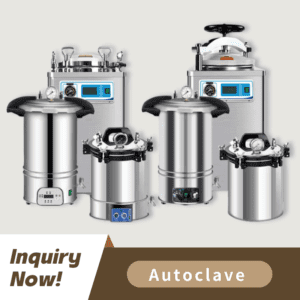
This guide will examine autoclave tape by explaining its functions and showing how it contributes to maintaining safety standards during equipment sterilization.
The sterilization indicator tape known as autoclave tape serves as a pressure-sensitive adhesive which is used in autoclaves to display whether specific temperatures have been attained during the sterilization cycle. The tape features chemical indicators which turn different colors under certain conditions including heat exposure and steam.
Autoclave tape must be attached to the exterior of packages, instruments, or containers that undergo sterilization. The successful completion of the autoclave cycle is verified when the tape displays its color change indicating the attainment of required sterilization parameters.
The autoclave tape contains chemical indicators that respond to heat and steam exposure. The temperature range where these indicators react falls between 121°C and 134°C which corresponds to 250°F to 273°F.
Pressure-Sensitive Adhesive: The pressure-sensitive adhesive of the tape ensures strong attachment to multiple surfaces like paper, plastic, and metal.
Chemical Indicators: Correct sterilization conditions trigger the color change of the tape lines from white to black.
Heat and Steam Resistance: The sterilization procedure maintains the tape’s integrity to guarantee precise outcomes.
Autoclave tape provides essential visual evidence that sterilization conditions have been properly applied to equipment and instruments.
The tape verifies that sterilization has been conducted effectively.
The application process is straightforward and visual confirmation makes it very user-friendly.
Autoclave tape provides an affordable means to maintain sterilization standards.
The product works with multiple autoclave models and different packaging materials.
Autoclave tape finds extensive application in both medical and dental practices as well as laboratory settings. Some common applications include:
Hospitals and Clinics: This tape maintains surgical instruments and medical devices in a sterile condition for safe medical procedures.
Laboratorijas: The tape application process covers all types of sterilized laboratory equipment including both glassware and tools.
Dental Practices: Autoclave tape confirms dental instruments meet sterilization standards before use.
Farmācijas rūpniecība: This sterilization method is employed for both medical equipment and packaging materials.
Several essential factors must be evaluated during autoclave tape selection to ensure it fulfills your specific needs.
Adhesive Strength: The tape must stick properly to the surfaces being sterilized.
Indicator Accuracy: Select tapes which feature dependable chemical indicators capable of demonstrating distinct color transformations.
Temperatūras diapazons: Select an autoclave tape that functions effectively within your autoclave’s specific temperature range.
Material Compatibility: Select a tape that works effectively with all the different surfaces you need to sterilize.
Regulatory Compliance: Check if the tape complies with industry sterilization standards.
Proper application of autoclave tape produces reliable results while preserving the integrity of the sterilization process.
Prepare the Items: Make sure the instruments or equipment you need to sterilize are clean and properly packaged.
Apply the Tape: Apply autoclave tape to the external surface of the package or to the instrument itself.
Load the Autoclave: Position the items inside the autoclave while maintaining sufficient space for steam to circulate properly.
Run the Sterilization Cycle: Turn on the autoclave and wait for the entire sterilization process to finish.
Check the Tape: Once the cycle has finished examine the tape to see if its color has changed which shows successful sterilization.
Autoclave tape shows that correct conditions were reached but does not ensure the items inside are sterile. Biological indicators might be necessary to perform further testing.
The quality and performance characteristics of autoclave tape differ across various brands and types. Selecting a dependable product that fulfills your requirements remains crucial.
The medical environment requires autoclave tape as a fundamental yet straightforward tool to protect hygiene standards and safety requirements. The sterilization process achieves reliability as autoclave tape offers visual confirmation of the sterilization conditions which helps protect patients.
Medical equipment distributors along with resellers and procurement professionals must understand autoclave tape features and benefits to make proper purchasing choices.
For high-quality autoclave tape and sterilization solutions contact Keling Medical to receive more information.
No, autoclave tape is a single-use product and should be discarded after one sterilization cycle.
Autoclave tape is compatible with most materials, including paper, plastic, and metal. However, it’s essential to check the tape’s specifications for compatibility with specific surfaces.
The shelf life of autoclave tape varies by manufacturer but is typically around 1-2 years when stored in a cool, dry place.
No, autoclave tape provides a visual indication of sterilization conditions but does not replace biological indicators, which confirm the elimination of microorganisms.
Store autoclave tape in a cool, dry place away from direct sunlight and moisture to maintain its effectiveness.
For inquiries about autoclave tape or other sterilization products, please contact Keling Medical:
E-pasts: inquiry@shkeling.com
WhatsApp: Noklikšķiniet, lai tērzētu
Tīmekļa vietne: https://autoclaveequipment.com/
Mēs ar nepacietību gaidām, kad varēsim jums palīdzēt ar jūsu sterilizācijas vajadzībām!

Sterilizācija ir būtisks infekciju kontroles prakses elements gan veselības aprūpes iestādēs, gan laboratorijās. Autoklāvā sterilizācija ar tvaiku ir efektīva daudzos gadījumos, bet nav optimāla, ja
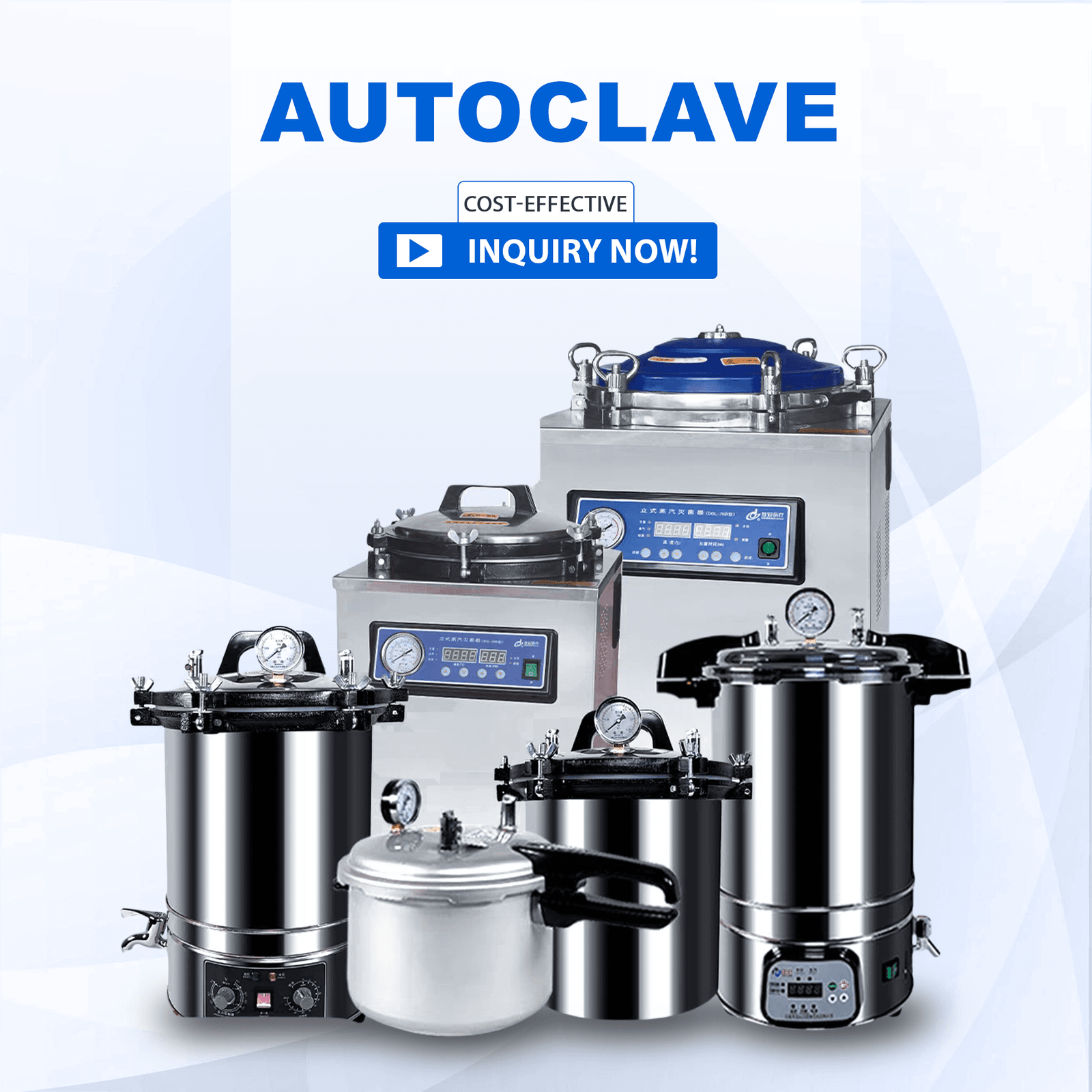
Medicīnas profesionāļi visā pasaulē uzticas autoklāviem kā būtiskiem instrumentiem, lai nodrošinātu medicīnas instrumentu drošību un sterilitāti. Medicīnas ierīču izplatītājiem un iepirkumu speciālistiem ir jāizprot autoklāvu darbības principi un priekšrocības.

Veselības aprūpes sasniegumi nosaka to, ka ir svarīgi, lai medicīniskie instrumenti vienmēr būtu droši un sterili. Medicīnas ierīču izplatītājiem, tirgotājiem un iepirkumu speciālistiem ir jāizprot sterilizācijas metodes, lai varētu efektīvi darboties. Portāls
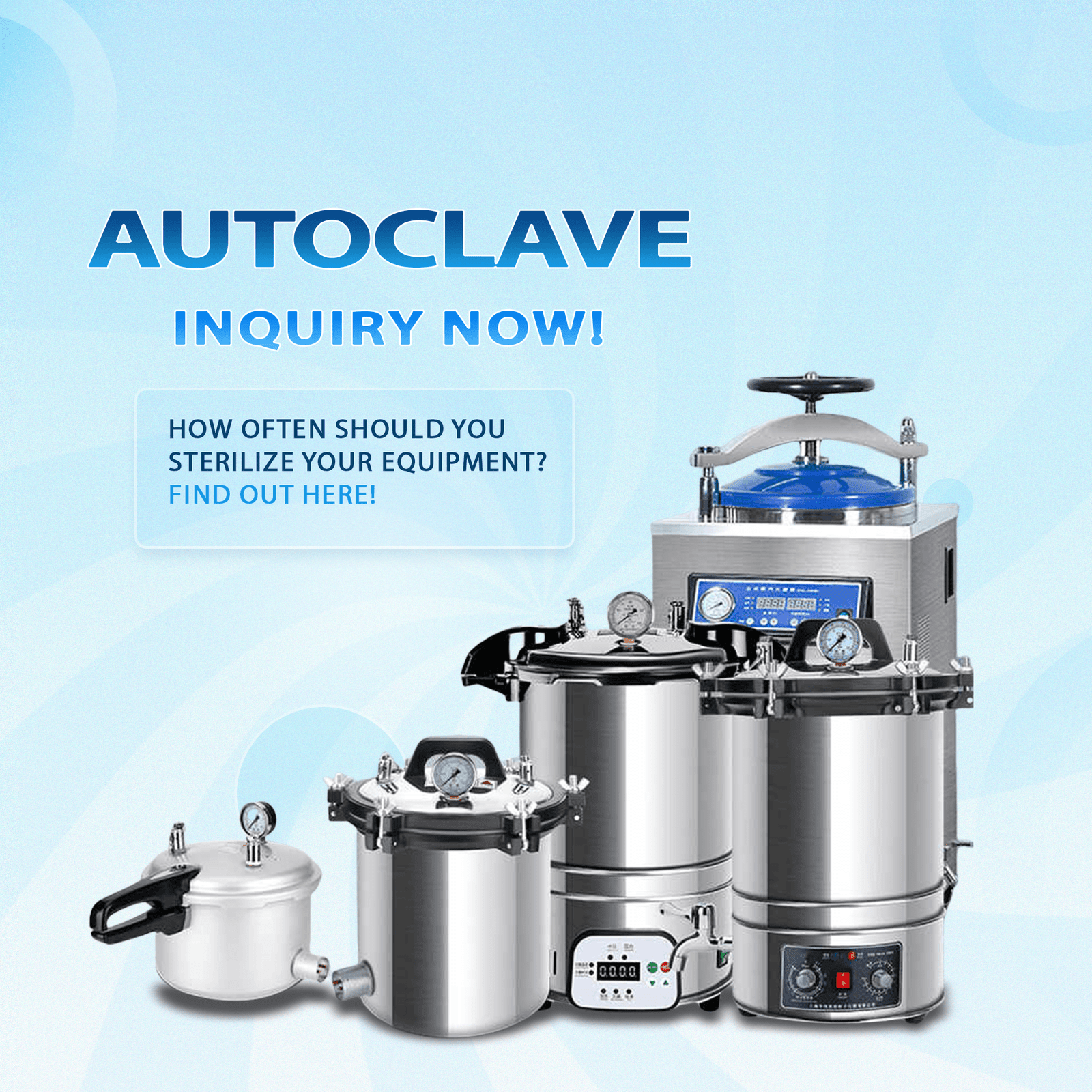
Medicīnisko ierīču un instrumentu sterilizācijai ir nepieciešami autoklāvi, jo tie aizsargā pacientu drošību un veicina atbilstību normatīvajiem standartiem. Vismodernākās autoklāvu sistēmas joprojām saskaras ar zināmiem ierobežojumiem. Medicīnas ierīču izplatītāji,
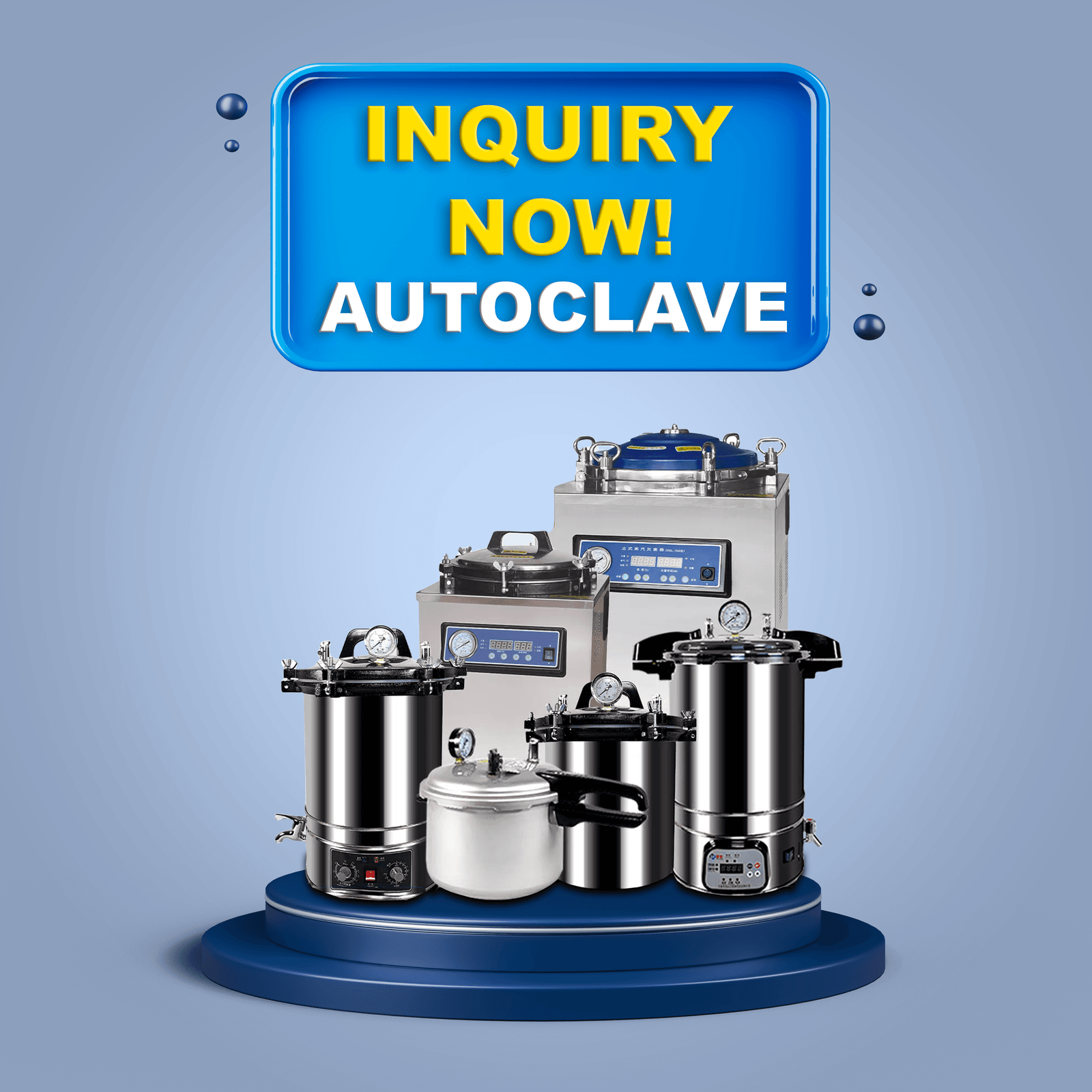
Medicīnisko ierīču ražošanā autoklāvs ir svarīgs aprīkojums, jo tas nodrošina konsekventu sterilizāciju dažādiem instrumentiem un materiāliem. Autoklāvos tiek izmantots augsta spiediena piesātināts tvaiks, lai iznīcinātu baktērijas, vīrusus, sēnītes un citus patogēnus.
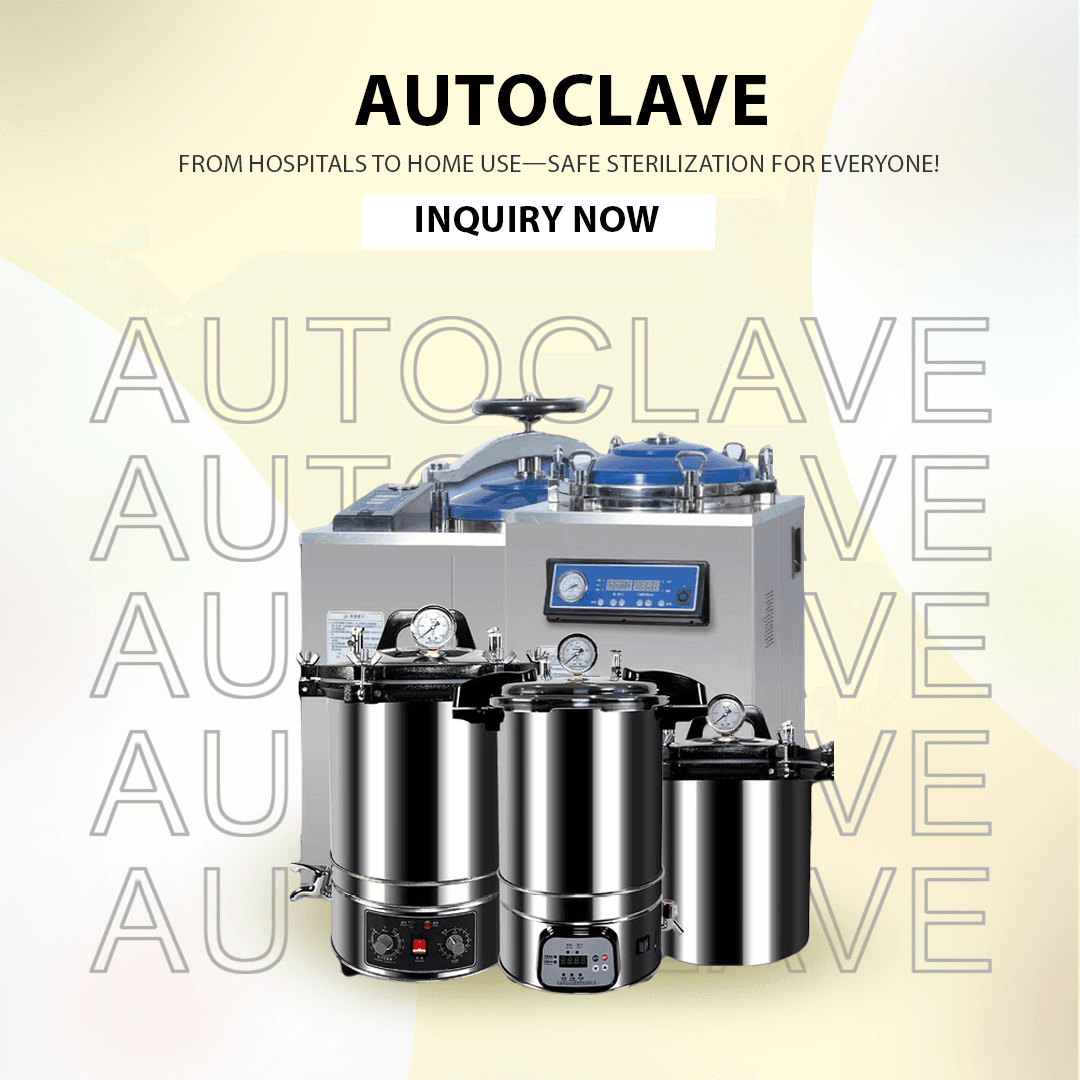
Autoklāvs kalpo kā ļoti svarīga ierīce veselības aprūpē un zinātnē, konsekventi sterilizējot instrumentus un materiālus. Medicīniskā aprīkojuma izplatītājiem, kā arī tirgotājiem un iepirkumu speciālistiem ir jānodrošina autoklāvu darbība.